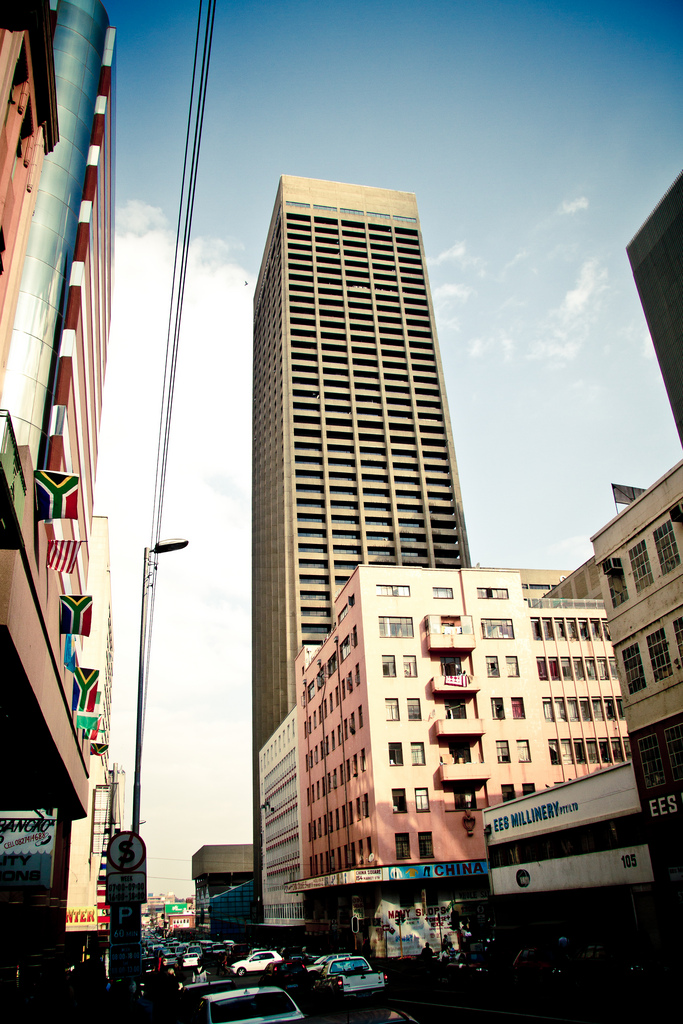The African PC market sank to new lows in the second quarter of the year amid a slowdown in GDP growth, increasing unemployment, and the strengthening of the dollar against many of the continent’s currencies.
Figures released by International Data Corporation (IDC) show that the market followed up its first-quarter decline of 11,8% with a 26,7% year-on-year downturn in shipments during Q2 2015, the largest slump the market has ever suffered.
While IDC believes that the PC market will continue on its downward trajectory into Q3 2015, growth is expected to pick up from the last quarter onward.
 “Kenya suffered the continent’s biggest fall of the quarter, with shipments to the country down 54.5% year on year, with Ghana and Algeria following with declines of 40,9% and 40,2%, respectively,” says Joseph Hlongwane, a research analyst at IDC Sub-Saharan Africa.
“Kenya suffered the continent’s biggest fall of the quarter, with shipments to the country down 54.5% year on year, with Ghana and Algeria following with declines of 40,9% and 40,2%, respectively,” says Joseph Hlongwane, a research analyst at IDC Sub-Saharan Africa.
“The significant decrease in PC demand seen in Kenya can attributed to sluggish economic growth brought about by falling exports and a declining production sector that is characterised by slow job creation.
“The poor performances of the markets in Ghana and Algeria were also caused by a slowdown in economic growth arising from severe energy constraints and unsustainable levels of domestic and external debt.”
South Africa remains the biggest PC market on the continent, accounting for 35,5% of total shipments, but the country followed up its 4,2% year-on-year decline in Q1 2015 with a decrease of 12,8% in Q2 2015.
This was largely due to continuing cannibalisation of the market by smartphones and tablets as well as shrinking consumer disposable incomes due to the rising prices of necessities such as petrol and food.
South Africa’s PC market is expected to continue declining since the current economic challenges are set to remain throughout 2015.
Neighbouring Botswana performed better than expected to post the highest year-on-year growth rate across the whole continent.
This growth follows the successful democratic elections that took place in the country in October 2014 and was driven primarily by the commercial sector, which accounted for 87,6% of the total market.
Botswana is expected to see ongoing year-on-year growth in the final two quarters of the year.
